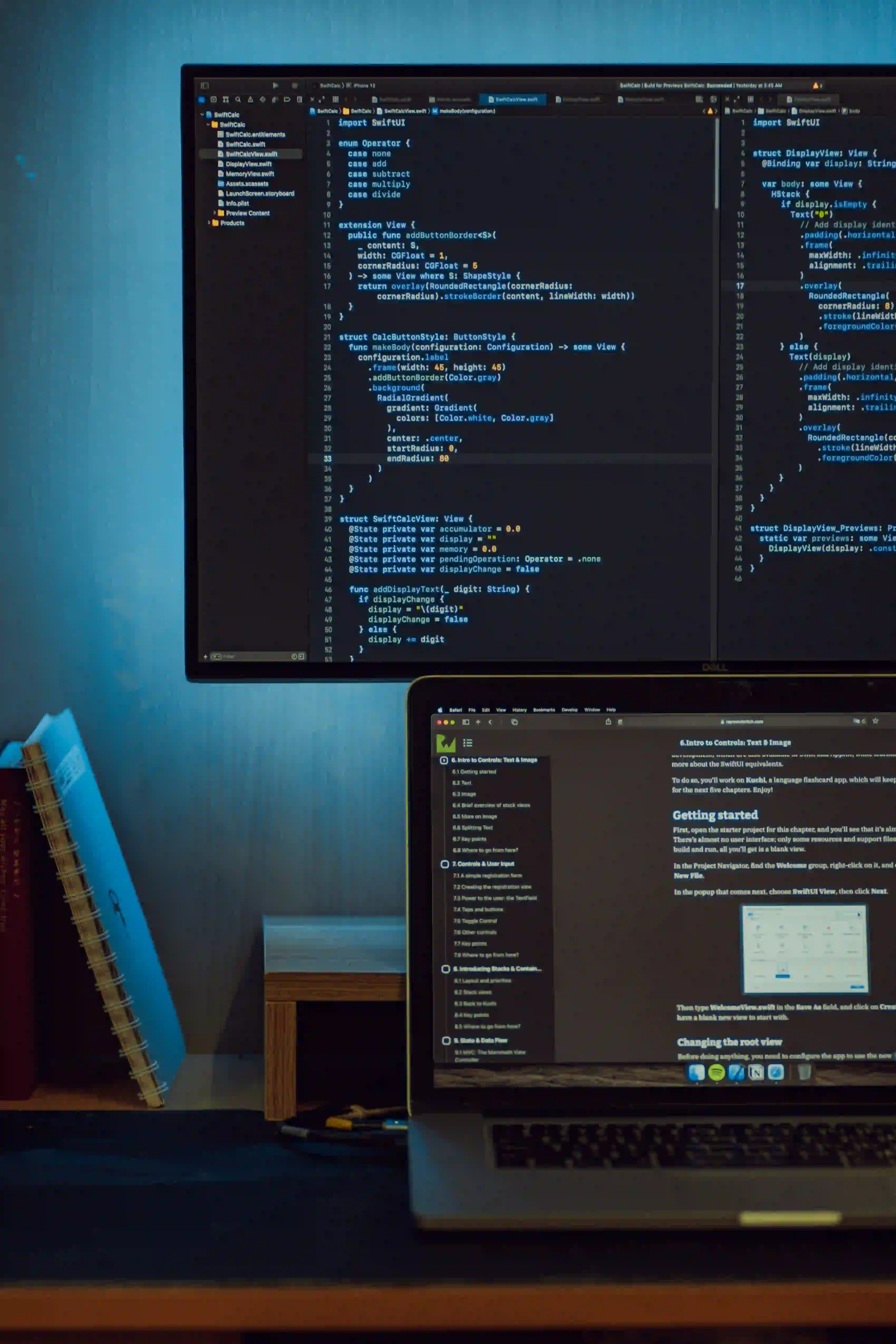Troubleshooting Docker Integration in Eclipse: Common Issues

Troubleshooting Docker Integration in Eclipse: Common Issues
Docker has become a staple in modern development environments, and integrating it into popular IDEs like Eclipse can boost your productivity. However, it is not without quirks and challenges. In this post, we will analyze common issues developers face when integrating Docker into Eclipse and outline troubleshooting strategies to help you overcome them.
Why Use Docker with Eclipse?
Before diving into troubleshooting, let's briefly discuss the advantages of using Docker with Eclipse:
- Environment Management: Docker allows you to package applications with all their dependencies. This means you can run the same environment on any system.
- Simplified Deployment: With Docker, your deployed application is consistent with your development environment.
- Streamlined Development: Eclipse provides a user-friendly interface for managing Docker containers, making it easier to work with Docker images and containers directly from your IDE.
Common Issues and Troubleshooting Steps
1. Docker Daemon Not Running
One of the most frequent issues is related to the Docker daemon. The Docker daemon must be running for Eclipse to interact with Docker containers properly.
Resolution Steps:
- Check if Docker is installed and running with the command:
docker info
If you see errors, start the Docker daemon either manually or restart your Docker service. On Windows, you can find Docker Desktop in your applications. For Mac, the icon will reside in your top menu bar.
2. Eclipse Not Recognizing Docker
If Eclipse is not recognizing your Docker installation, you might need to configure it explicitly.
Resolution Steps:
- Navigate to
Window > Preferences. - Expand the
Dockeroption. - Under the
Dockerpane, ensure the connection details are properly set to point to your Docker daemon.
This may involve specifying the Docker Host, such as unix:///var/run/docker.sock on UNIX or tcp://localhost:2375 on Windows if you are using Docker without TLS.
3. Networking Issues
Networking issues can often crop up, especially if you have multiple containers trying to communicate or if you are working with a corporate firewall.
Resolution Steps:
- Container Network: Ensure that Docker containers are on the same network. Create a Docker network with:
docker network create my_network
- Attach your containers to the network:
docker run --network my_network -d my_container
- Use the correct DNS names within your containers. Docker provides automatic DNS resolution, but incorrect configurations can cause failures.
4. Insufficient Memory Allocation
Docker applications can sometimes require more memory than is allocated by default. This is particularly true for resource-intensive applications.
Resolution Steps:
- Increase memory allocation through Docker's settings. In Docker Desktop, go to
Settings > Resourcesand adjust the memory slider. - Additionally, ensure that your Eclipse instance has sufficient resources allocated in the
eclipse.inifile. Look for parameters like-Xmsand-Xmxto adjust memory settings.
5. Docker Configuration in Eclipse
Misconfigured settings can lead to a variety of issues, including build failures or runtime errors.
Resolution Steps:
- Revisit your project's properties in Eclipse (
Right Click on Project > Properties). - Check the Docker settings to ensure correct image paths and settings related to container build options.
- Ensure your project is leveraging Docker support with the appropriate plugins, such as "Docker Tooling" which seamlessly integrates Docker into Eclipse.
6. Docker Plugin Issues
Outdated or malfunctioning plugins may also be a cause for concern.
Resolution Steps:
-
Check for updates to the Docker plugin:
- Navigate to
Help > Eclipse Marketplace. - Search for the Docker plugin and check for available updates.
- Navigate to
-
If errors persist, consider removing the plugin and reinstalling it.
7. Access Denied Errors
Sometimes, you may encounter "access denied" errors, especially on Windows systems.
Resolution Steps:
- Ensure you are running Docker Desktop with administrative privileges. Right-click on the Docker Desktop icon and select "Run as administrator".
- Check your user account for proper group permissions to access Docker functionalities.
The Bottom Line
Integrating Docker into your Eclipse environment brings forth a greater development agility, but issues may arise that can set you back.
By following the troubleshooting steps outlined above, developers can efficiently diagnose and resolve common integration issues. The beauty of tools like Docker and IDEs such as Eclipse is that they can work seamlessly together, keeping your development workflows smooth and efficient.
Additional Resources
For further reading, you're encouraged to explore these resources that discuss containerization strategies, more advanced deployment techniques, and best practices when working with Docker.
Happy coding!
